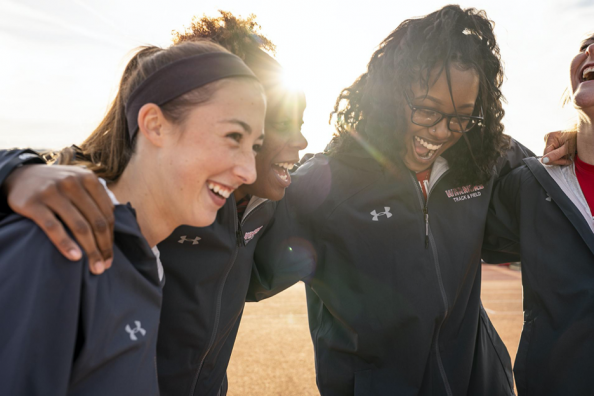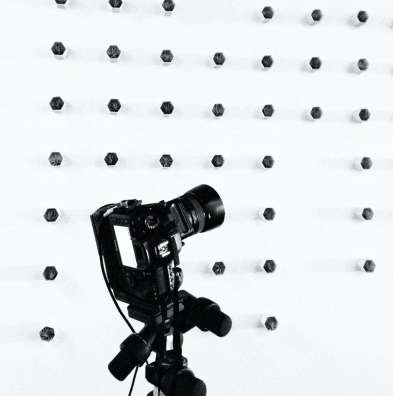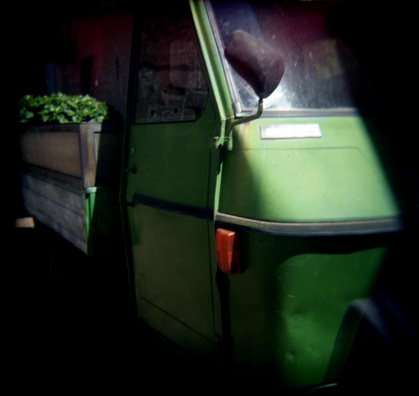

Photography and Process Come First. Gear Second.
In college, I was struggling on an assignment, and decided to ditch my digital camera and use a holga, the camera that had initially sparked an interest in photography. I knew the dreamy squares could bring me some wild and interesting results. In the critique that followed, my professor tore me to shreds with one sentence: “these aren’t Mike Grippi pictures, these are Holga pictures.” I had relied on the aesthetic of the machine instead of making a statement of my own.

Be Humble and Get to Know the People Who Make Your Photography Shoot a Succes
As an assistant, this was fairly simple. Once the normal work of building a set, setting camera, metering light, etc, were finished, I’d make a round to the rest of the departments on set. Does wardrobe need a C-stand for an extra steaming station? Does production need some power strips? Does talent need a hand warmer? Does the client need the wi-fi password? Does the digitech need water? Does anyone need COFFEE? Being the person who takes their own free moment in an often hectic day to look after those around you will never not serve you. Being attentive to those human moments will help to foster those relationships with crew members outside the camera team (photographers, techs, assistants) and might give you insight into the rest of what makes a production work (and probably increase your opportunities for referrals).

The Golden Rule of Photography and Clients
Next, let’s get into relationships with other people. Networking, industry events, client meetings and social media are all good ways to start conversations, but maintaining those connections once you get onto a set, for me, has boiled down to one thing: take care of people. Obtaining your client is just the first step to success. As the face of your own business it’s important to keep a clear line of communication while on a shoot. Getting client input and setting clear expectations can go a long way in retaining a client or obtaining future referral opportunities.
The Destination is Great Photography, But Don’t Forget the Journey
In my transition from assisting to shooting, I have found the same principle applies, but plays out a little differently. Fighting for fair rates for the crew, ensuring each department has the resources they need to succeed, and creating a positive experience for the client are all equally as important to a successful shoot as the final product. The photographer sets the tone for the day, and creating an environment of mutual respect fosters creativity and motivation much better than stress, fear or animosity. While the images you produce will have their moment to shine in the world, what people will remember is the experience they had working with you.

Know Yourself as a Photographer
Lastly, and possibly the most important, is the relationship with yourself. Having a strong understanding of your own strengths and weaknesses will allow you to sell yourself well while also seeking out the support you need to succeed. A bit of self awareness can also help in being open to criticism (which you invite by simply being a professional creative), and in holding yourself accountable to the other people around you. You will, at some point in your career, make a mistake. You will say the wrong thing, you will forget to charge a battery, you will set up a C-stand the wrong way, and the worst thing you can do is not take accountability for those mishaps when they happen. The difference between a mistake becoming a calamity or something to laugh about at a wrap party all lies in how well equipped you are to acknowledge your own shortcoming, quickly address it and, most importantly, learn from it.
About Mike Grippi
Mike is photographer based in New York City. A life long fascination with light and a genuine curiosity for people and their passions came together when he first picked up a camera almost 12 years ago. His clients include Airbnb, Resy, Sprint, Rejuvenation Hardware, Adidas, Reebok, WeWork, Vayner Media, Science Magazine, and more.


